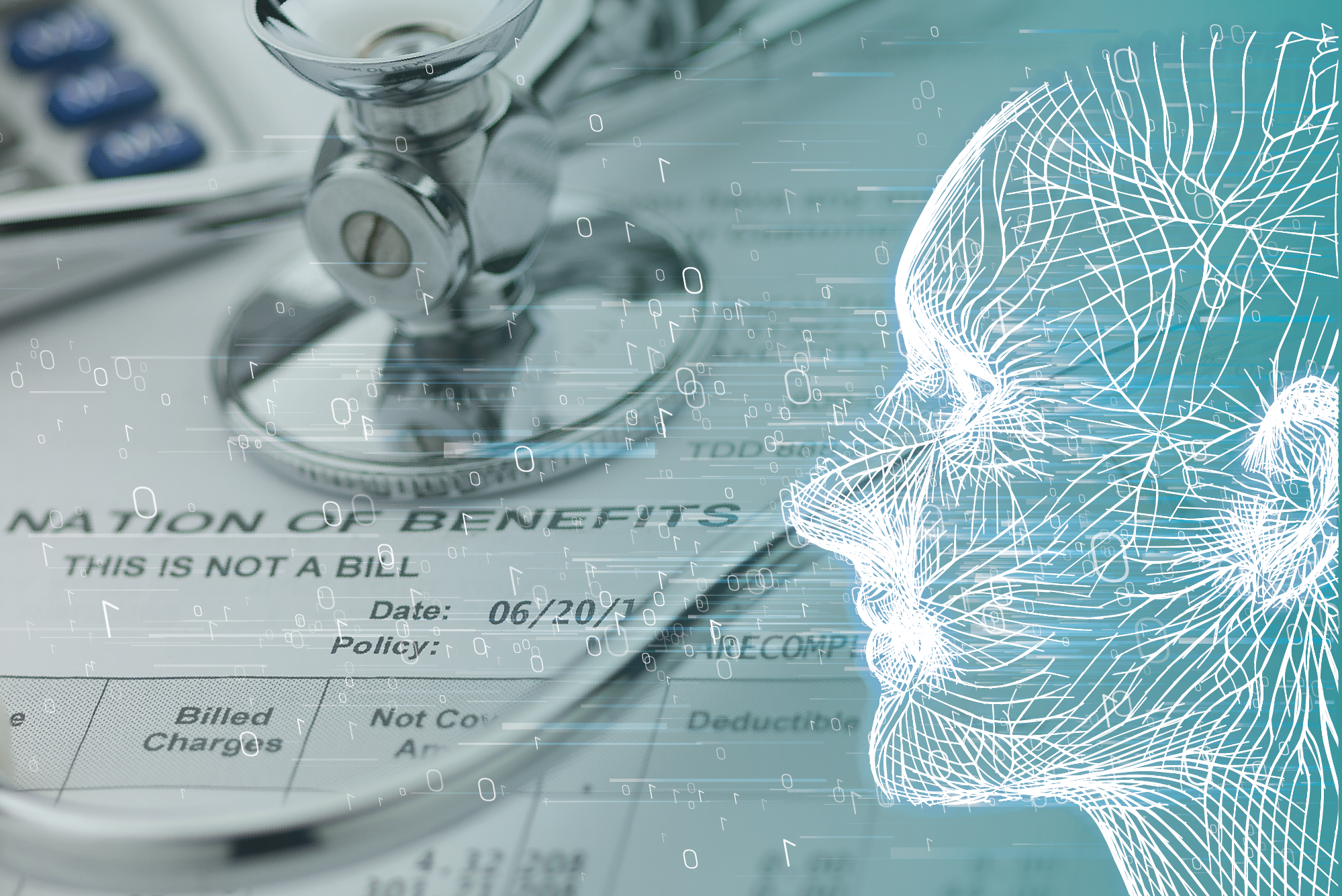“No Surprise Act” Could Bring Unexpected Transparency, Innovation to Healthcare Payments
We've been providing updates on the No Surprise Act (NSA) and Transparency in Coverage rule recently issued by the Biden Administration (NSA transparency rules are already in force for providers, and payer rules are going into effect in 2022) and their potential effects on the healthcare payments industry.
While the new legislation will create challenges, Amanda Eisel, CEO of healthcare payments platform Zelis, tells PYMTS.com that there are welcome technological parallels in the new regulations because data-driven ecosystems are consistant with NSA, "addressing transparency issues for consumers with an unambiguous front-end shoppable experience, while easing payments pains for providers and payers at the same time."

“The reality of how you drive cost out of healthcare is consumers making better decisions and making decisions up front to get the right care,” Eisel said.
When asked about the need for greater discoverability, price comparison, and payments choice in healthcare, Eisel said that was the best part of the NSA.
“I got so excited when [the NSA rules] came out so entrepreneurs and companies can figure out how to use it and drive better experiences for healthcare consumers,” she said.
Data Plays a Major Role
In order to achieve these lofty goals, data will be the key. But much of the data needs to be create efficiently from the enormous amount of paper-based documentation and payments.
“Providers have just been burdened by so many other factors, probably more so than in other industries with what's happened with COVID,” Eisel said. “That's what we've found from providers...this sense that they wanted to go to electronic and digital before, [and they] really want to get to it now, because the last thing [they] have time to be doing is getting in...paper checks, reconciling them, dealing with mail, all of that. It's accelerated the trend.”
That last point is doubly important, as Eisel told Webster that “Shockingly, $450 billion to $500 billion of healthcare [payments still go] through paper checks, which is an astounding number. That's what our business is really focused on, [taking] take those remaining paper checks, about 30% of payments in the system between payers and providers and making them electronic.”

The electronification of documents and paper-based payments is seen as the "holy grail" of healthcare payments, but Eisel notes:
“It's not going to happen overnight. Step one is putting the various pieces together. Step two is creating the technology that can underpin end-to-end communication.”
Artificial Intelligence Solving the Data Problem for Interoperability
However, the technology already exists to achieve the goals outlined by Eisel. The challenge is in customizing the technologies and deploying them in a way that is interoperable throughout the healthcare ecosystem.
When we take a look at paper-based healthcare payments -- remits and EOBs/EOPs -- we can see that these are a major hurdle for achieving the interoperable healthcare payments ecosystem that is desired. To tackle this challenge, AI and machine learning technologies have been operationalized to electronify documents, analyzing the paper-based documents and extracting data to create EDI 835 files -- aka turning them into data files -- that are used to autopost for payment and utilization by downstream systems, helping achieve true healthcare data interoperability.

Healthcare providers and payers do not need to go at it alone. They need to find the right technology partners who have already developed solutions that can integrate with existing platforms to achieve their goals.